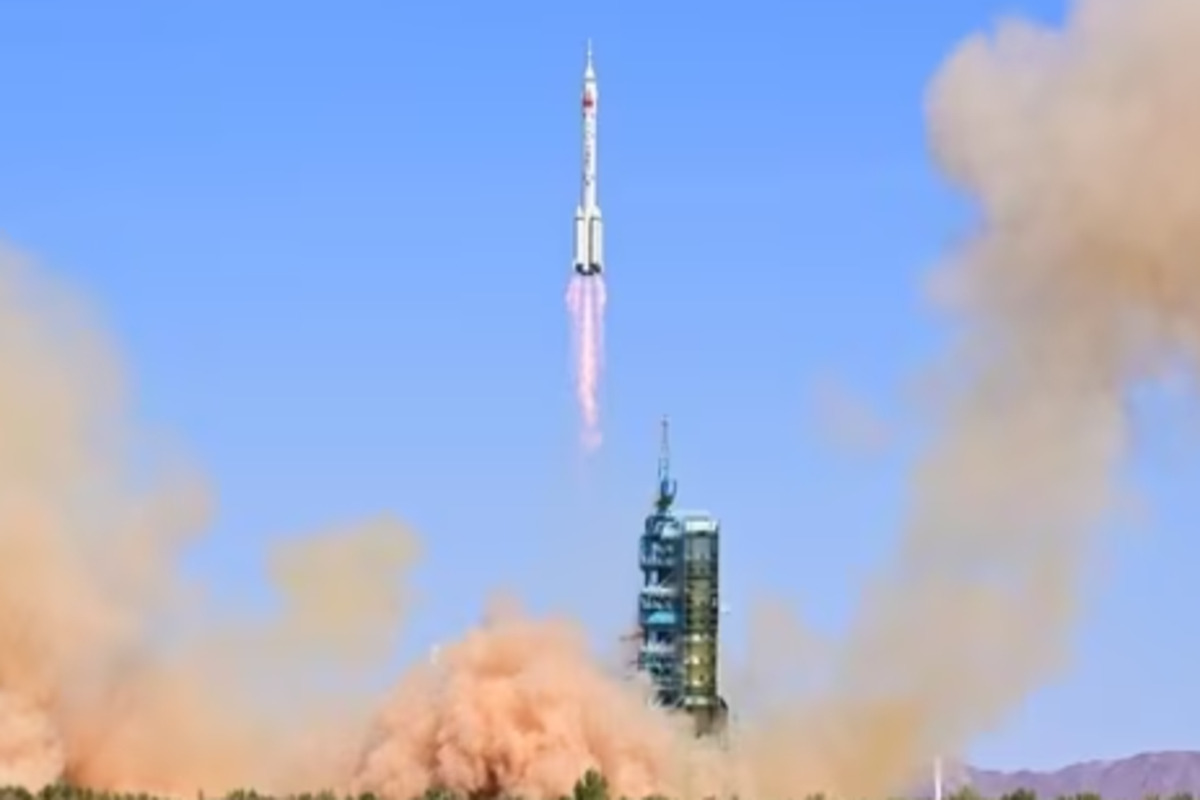Chang’e 6 Lunar Mission: An official government announcement issued on Friday states that the ICUBE-Q cubesat satellite from Pakistan would also be carried on the Chang’e 6 mission, China’s forthcoming robotic lunar exploration scheduled for next year.
A Collaborative Mission Configuration for Lunar Exploration
According to the news release, it was determined that a Pakistani payload would be put on the orbiter and that the Chang’e 6’s lander would carry scientific instruments from France, Italy, and the European Space Agency. The collection of samples from the far side of the Moon is the mission’s main goal. Four parts make up the Chang’e 6 spacecraft: an orbiter, lander, ascender, and re-entry module.
Chang’e 6 Mission Aims to Unlock Secrets of the Moon’s Far Side
According to Hu Hao, a senior planner for the Chang’e 6 mission, if all goes according to plan, the spacecraft will land in the South Pole-Aitken Basin and collect rock and dust samples. This mission may be the first to collect samples from the far side of the Moon, enabling researchers to better comprehend this area and get new insights into the composition of the rocks.
Pioneering Lunar Exploration Near the South Pole
India is the first country to soft land close to the lunar south pole thanks to the launch of Chandrayaan 3. Before the Indian Space Research Organisation turned on sleep mode in the system as it finished the planned 10 Earth days of lunar exploration, its Pragyan rover and China’s Chang’e 4 mission’s rover, which is on the far side, were actively roving on the lunar surface. The Indian space agency is attempting to notify the rover to wake up, but they have not been successful.
Collaborative Lunar Exploration with International Payloads
The lander and orbiter of the mission will each carry 10 kilogrammes of foreign machinery. Along with the Pakistani payload on the orbiter, this equipment also comprises research instruments from France, Italy, and the European Space Agency. China, the former Soviet Union, and the United States have all been successful in returning lunar samples to Earth, but none have done so from the moon’s far side.
Keep watching our YouTube Channel ‘DNP INDIA’. Also, please subscribe and follow us on FACEBOOK, INSTAGRAM, and TWITTER






